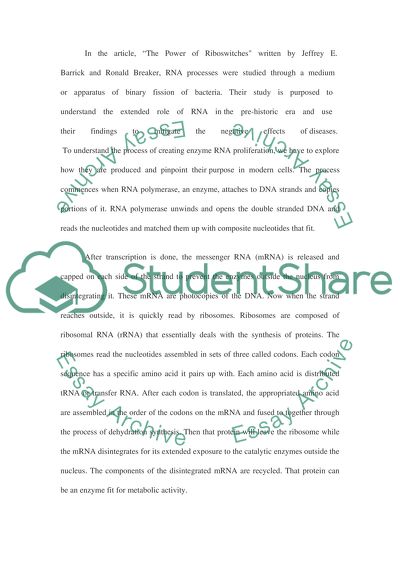Cite this document
(“Enzymes Essay Example | Topics and Well Written Essays - 3000 words”, n.d.)
Retrieved de https://studentshare.org/science/1530544-enzymes
Retrieved de https://studentshare.org/science/1530544-enzymes
(Enzymes Essay Example | Topics and Well Written Essays - 3000 Words)
https://studentshare.org/science/1530544-enzymes.
https://studentshare.org/science/1530544-enzymes.
“Enzymes Essay Example | Topics and Well Written Essays - 3000 Words”, n.d. https://studentshare.org/science/1530544-enzymes.


